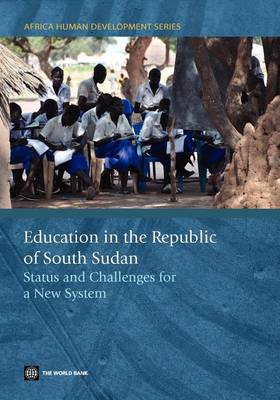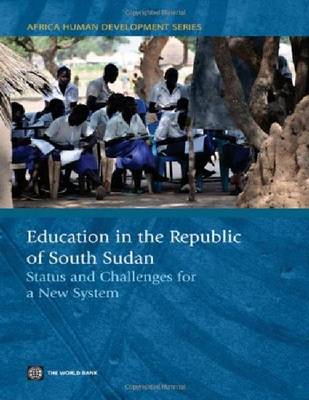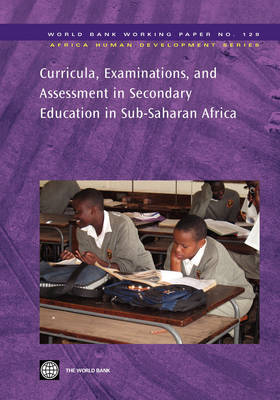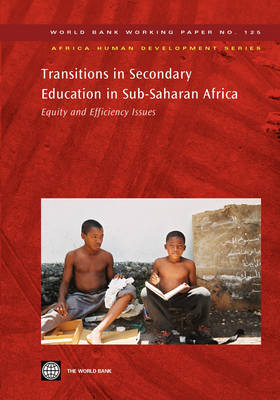Africa Human Development
4 total works
Education in South Sudan: Status and Challenges for a New System. As part of the Country Status Report series, this book provides a comprehensive review of the status of education in post-conflict South Sudan. With the signing of the Comprehensive Peace Agreement in 2005 began the establishment of a new education system specifically for South Sudan. Primary school enrollments approximately doubled between 2005 and 2009 from 0.7 million to 1.4 million; yet, the recent rapid growth has resulted in a concentration of students in the early grades, a high proportion of overage students, repetition and dropout
Curricula, Examinations, and Assessment in Secondary Education in Sub-Saharan Africa
by The World Bank
Published 1 January 2008
Economic and social changes, fast evolution of technology, and the growing importance of internet services and international communications-all these require secondary education providers to adapt what is taught and learned in schools. However, in Africa the content of secondary curricula is in most cases ill-adapted to 21st century challenges, where young people are mobile, have access to "more and instant information," and face health threats such as HIV/AIDS. In addition, implementation problems exist, and the time for instruction is often much less then what is required by the prescribed secondary curriculum. In Africa there is a need to develop a secondary education curriculum adapted to the local economic and social environment, but with international-comparable performance indicators. This study analyses that challenge: the quality of curricula and assessment, and their development processes in secondary education in Africa against the background of existing contexts, conditions, and ambitions on the one hand and current pedagogical thinking on the other.
The main purpose of the Secondary Education in Africa (SEIA) -TRANSE study has been to identify and analyze measures that may lead to more efficient and equitable transitions in secondary education. These measures are on the one hand aiming at improving the structure and increasing the capacity of secondary education, and on the other hand to facilitate the individuals' possibilities to enter and to succeed in secondary education. Measures may be implemented at the national, regional or local level. The author especially focuses on measures like: (a) Financial (expansion of capacity, improvement of infrastructure, support to students); (b) Provisions (attractiveness and relevance, volume, location, quality and support, selection mechanisms); (c) Counseling; (d) PTA (parent teacher associations) and other local community and school relations; and (e) Reducing factors that are hindering youth to enter or to stay in schools. This paper synthesizes the findings of the country studies, highlighting the factors contributing to more equitable and efficient transitions in secondary education, and offers conclusions and recommendations.



